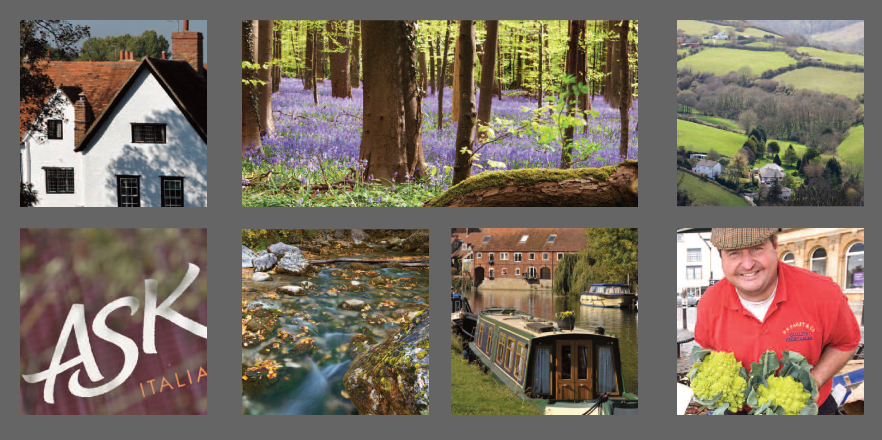LIFESTYLE - OXFORDSHIRE / ABINGDON / VALE OF WHITE HORSE / COTSWOLDS
Oxford and Oxfordshire's museums are some of the most famous attractions. They come in all shapes and sizes and ensure all-weather and all year round interest for visitors, especially families. Most have a programme of temporary special exhibitions, tours, lectures and school sessions, as well as 'hands on' and 'family fun' sessions -sometimes by torchlight.
The Ashmolean, the world's first public museum, was recently re-opened by the Queen following a £61 million refurbishment. With treasures ranging from ancient Greek and Roman statues to Egyptian mummies to Lawrence of Arabia's robes - the collection is too vast to list.
The University Museum famed for having the best-preserved remains of the extinct Dodo. So is the extraordinary Pitt Rivers Museum where treasures range from a witch in a bottle to a totem pole.
Abingdon-on-Thames is Britain’s oldest continuously occupied market town, being inhabited for over 6000 years. Its archaeological remains - an Iron Age oppidum or defensive enclosure - lie invisible below the town centre, but much of its architectural heritage stands today as a proud reminder of the town’s historical status. Abingdon Bridge, Christ’s Hospital almshouses, the ‘grandest town hall in Britain’, and Abingdon Abbey, dating from the 7th century, are all steeped in history. The town also played a part in more recent history: MG cars were built here from 1929 until 1980.
Formerly the county town of Berkshire, Abingdon has many historic traditions. Every June Morris Men dance the length of Ock Street to mark the election of the Ock Street Mayor. And on civic occasions, such as the Queen’s Jubilee in 2012, buns are thrown from the roof of County Hall to the crowds below.
The vale of the White Horse is an ancient place steeped in both history and legend. It was here that The Hobbit and Lord of the Rings were dreamed. The Cotswolds is an area of England about the size of greater Tokyo. Popular with visitors from all over the world,the Cotswolds are well-known for gentle hillsides (‘wolds’), sleepy villages and for being so ‘typically English’. There are famous cities such as Bath, well-known beautiful towns like Cheltenham and hundreds of delightful villages such as Burford and Castle Combe. Above all, the local honey-coloured limestone, used for everything from the stone floors in the houses to the tiles on the roof, has ensured that the area has a magical uniformity of architecture.
Today, the larger market towns and villages of the Cotswolds are famous for their shops, such as Stow-on-the-Wold, Cirencester, Chipping Norton and Tetbury. Gloucestershire lies on the northern edge of the South-West of England, famous for the many beautiful Cotswold towns and villages such as Bourton-on-the-Water, Cheltenham, Stow-on-the-Wold, Tewkesbury, and The Slaughters. Filled with outstanding picturesque views across the River Severn and simply amazing scenic Countryside settings. Burford, one of England's prettiest small medieval towns is a busy community of about 1,000 people. With its beautiful Cotswold architecture, exclusive shops and galleries and one of the top twenty churches in the country. Burford makes a perfect place to visit and stay.
